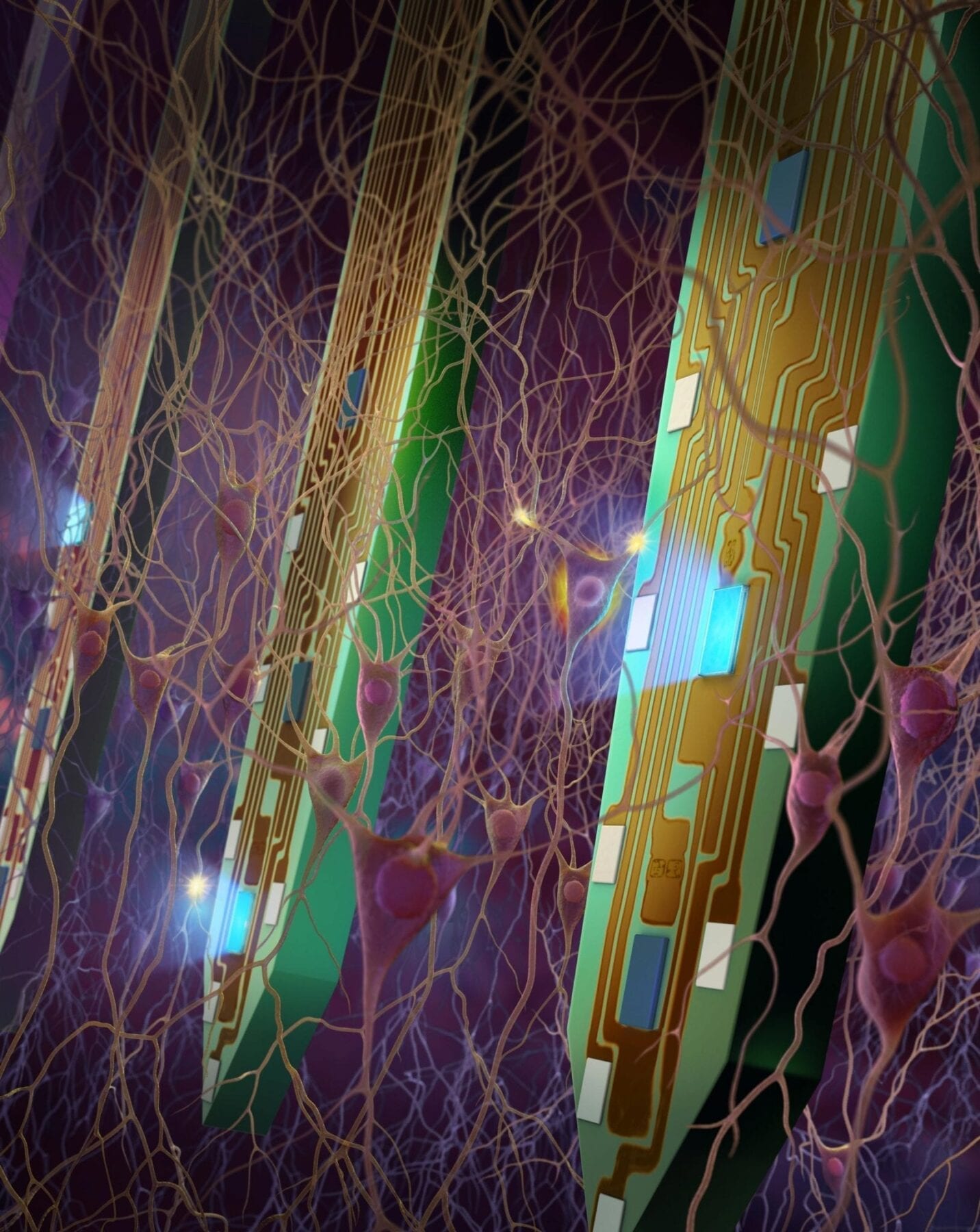
The field of plasmonics has offered some pretty exciting technologies over the past few years, including improved photovoltaics, LEDs, and a host of other optoelectronic applications—most notably photonic circuits that duplicate what electronic ICs can do.
Now researchers at the Technical University of Denmark (DTU) have leveraged plasmonics in a way that may completely revolutionize laser printing by creating a laser printer capable of producing images with 120,000 dots-per-inch resolution. Just to demonstrate how revolutionary the technology is, the DTU researchers reproduced a color image of the Mona Lisa in a space smaller than the footprint taken up by a single pixel on an iPhone Retina display.
In the research, which was published in the journal Nature Nanotechnology, the Denmark researchers were able to achieve this remarkable resolution using plasmonic nanostructures in place of dyes. However, the researchers added a bit of a twist to traditional techniques for doing this that could make the process far more scalable.
Instead of using methods such as e-beam lithography (EBL) or focused ion beam (FIB), neither of which can be scaled to pre-design and print the plasmonic nanostructures, the researchers went with a process known as laser post-writing. The process starts with a surface that has been prepped by adding rows and columns of nanoscale structures, each with a diameter of 100 nanometers. This nanostructured surface is then covered by a 20-nm-thick sheet of aluminum. At this point, the laser post-writing is introduced. A laser pulse is aimed at each column, heating it up locally and causing it to melt and deform.
The intensity of the laser pulse determines the level of deformation, and consequently, the colors that the column reflects. A low-intensity laser pulse causes little deformation; the colors of blue and purple are reflected. When the laser pulses are more intense and the deformation more extreme, the deformed structure reflects orange and yellow colors.
Read more: Laser Printing a Nanoscale Mona Lisa Could Revolutionize Reproduction Technology
The Latest on: Laser printing
[google_news title=”” keyword=”laser printing” num_posts=”10″ blurb_length=”0″ show_thumb=”left”]
via Google News
The Latest on: Laser printing
- No, you shouldn’t just buy whatever Brother printer is cheapeston April 26, 2024 at 11:59 am
Brother printers are great but don't rush a printer decision. A bad purchase causes frustration and waste, while costing you time and money.
- 3D printing fuels growth and innovation for Airframe Designson April 24, 2024 at 1:47 am
UK provider of Stratasys 3D printers, Tri-Tech 3D, has supplied aerospace design and manufacturing business Airframe Designs with two Fortus 450mc systems.
- Laser-based sensor promises breakthrough in 3D printingon April 23, 2024 at 5:49 am
New laser-based sensing technology has been revealed and could change the quality assessment of critical metallic components ...
- 10 Of The Best Budget-Friendly Printers For 2024on April 21, 2024 at 1:30 pm
A wide variety of printers are available on the market, and these options stand apart by combining ample features and a low price.
- HP LaserJet Pro MFP 3101fdw review: a fast business printer for home officeson April 19, 2024 at 7:31 am
HP recently announced the LaserJet Pro MFP 3101fdw, a speedy all-in-one at a low price, so we checked if it's a good fit for your home office.
- Meltio debuts blue laser 3D printer created with wire-laser metalon April 19, 2024 at 2:12 am
Meltio, a manufacturer of wire-laser metal deposition systems, has introduced its next-generation metal 3D printing machine, the M600. The Meltio M600 is reportedly intended for industrial ...
- New plastic coating discovery gives greater functionality to 3D printingon April 17, 2024 at 7:53 am
Scientists and engineers have developed a new coating for plastic particles that are used in 3D printing, which significantly increases their functionality and opens up new possibilities for ...
- Best printers for small businesses in 2024, reviewedon April 16, 2024 at 11:00 am
Best printers for small businesses in 2024, reviewed - Hard-working gadgets with more horsepower than home printer models ...
- Why do airlines still use dot matrix printers?on April 12, 2024 at 1:50 pm
That seems to be the case for dot matrix printers, clunky and noisy pieces of machinery that major U.S. airlines, such as American and Delta, have continued to use for years. They’re not alone either, ...
- How Thermal Printers Revolutionize Labelingon April 9, 2024 at 1:08 am
In today’s fast-paced world, clear and efficient labeling is crucial for businesses of all sizes. Thermal printers have emerged as a game-changer, offering a revolutionary solution for on-demand, high ...
via Bing News









